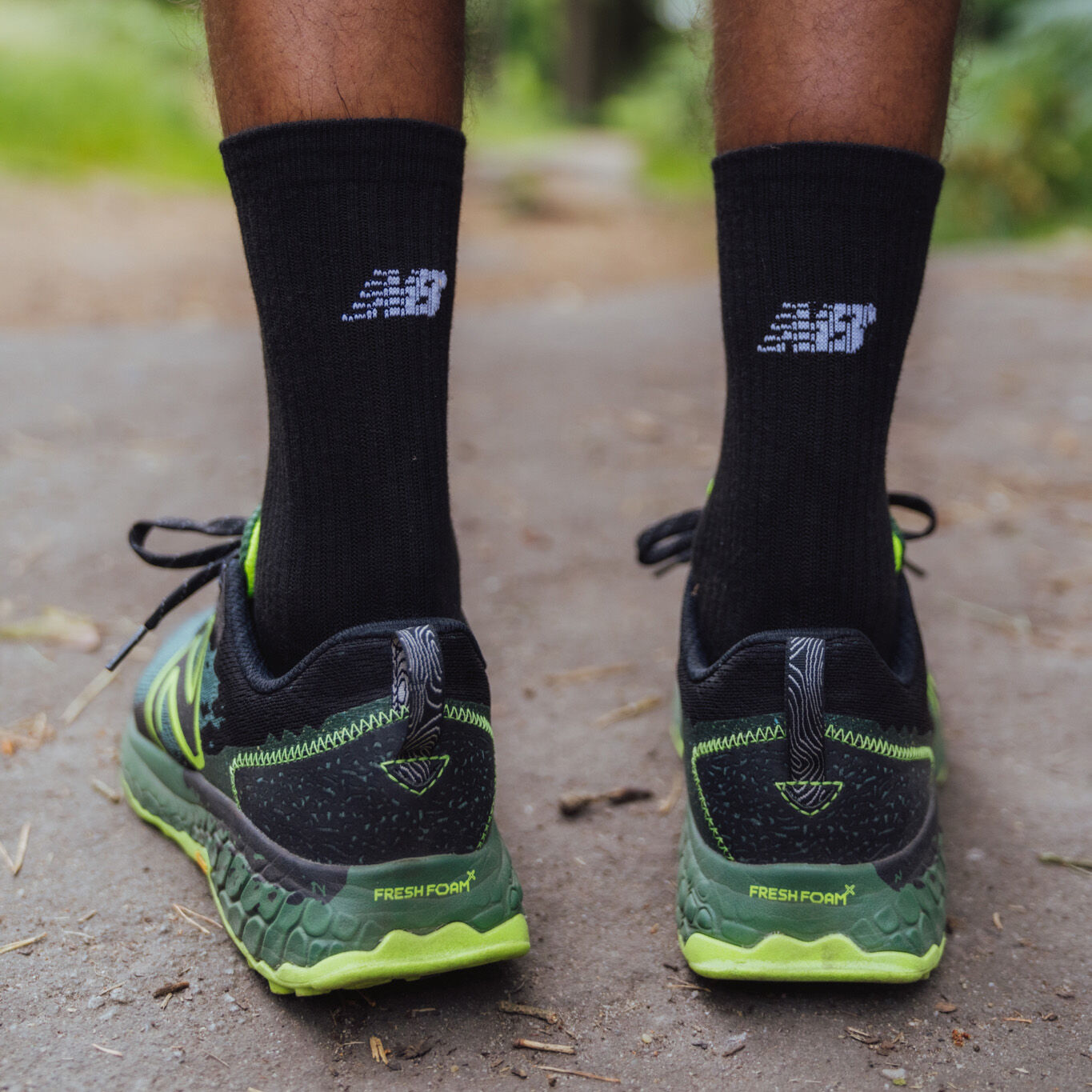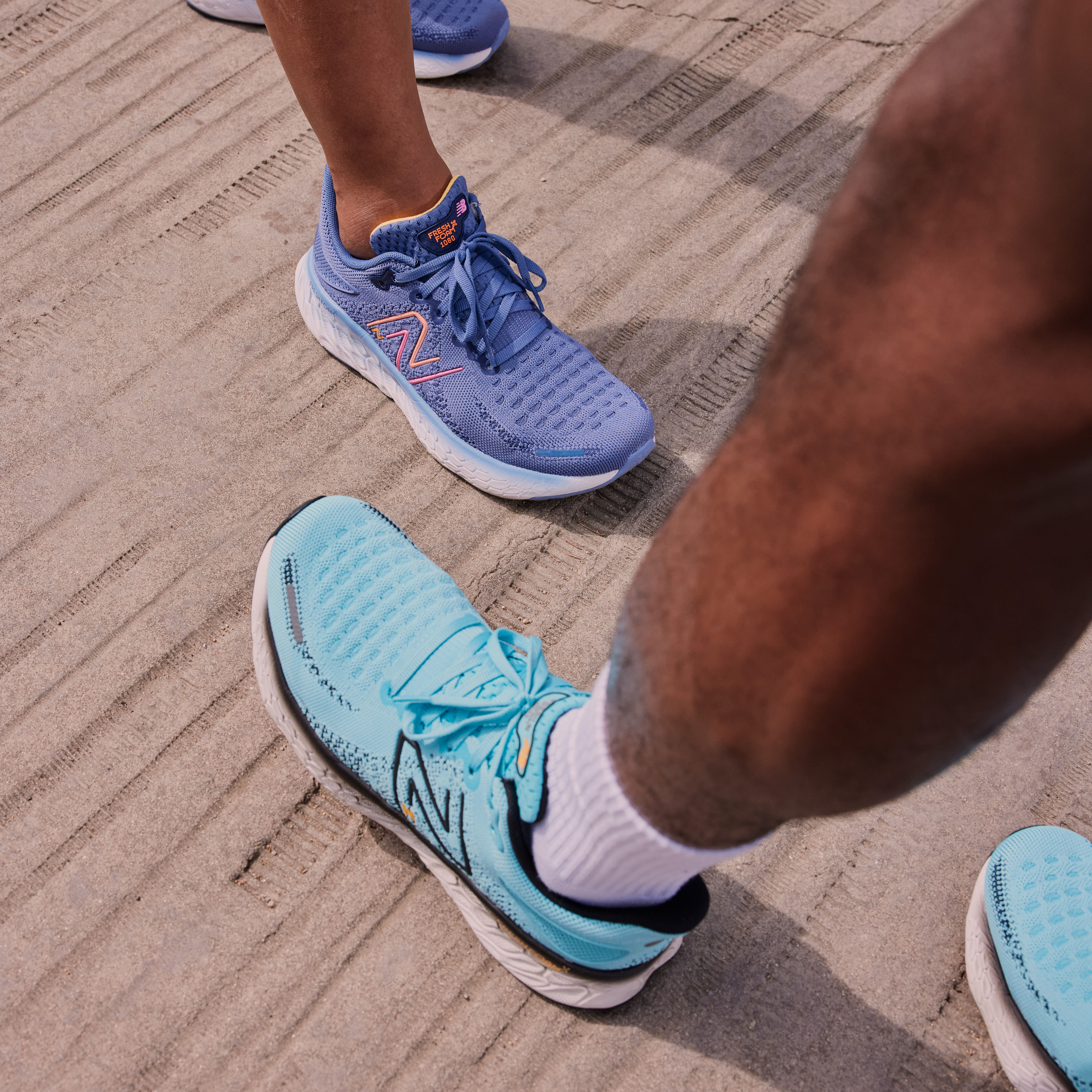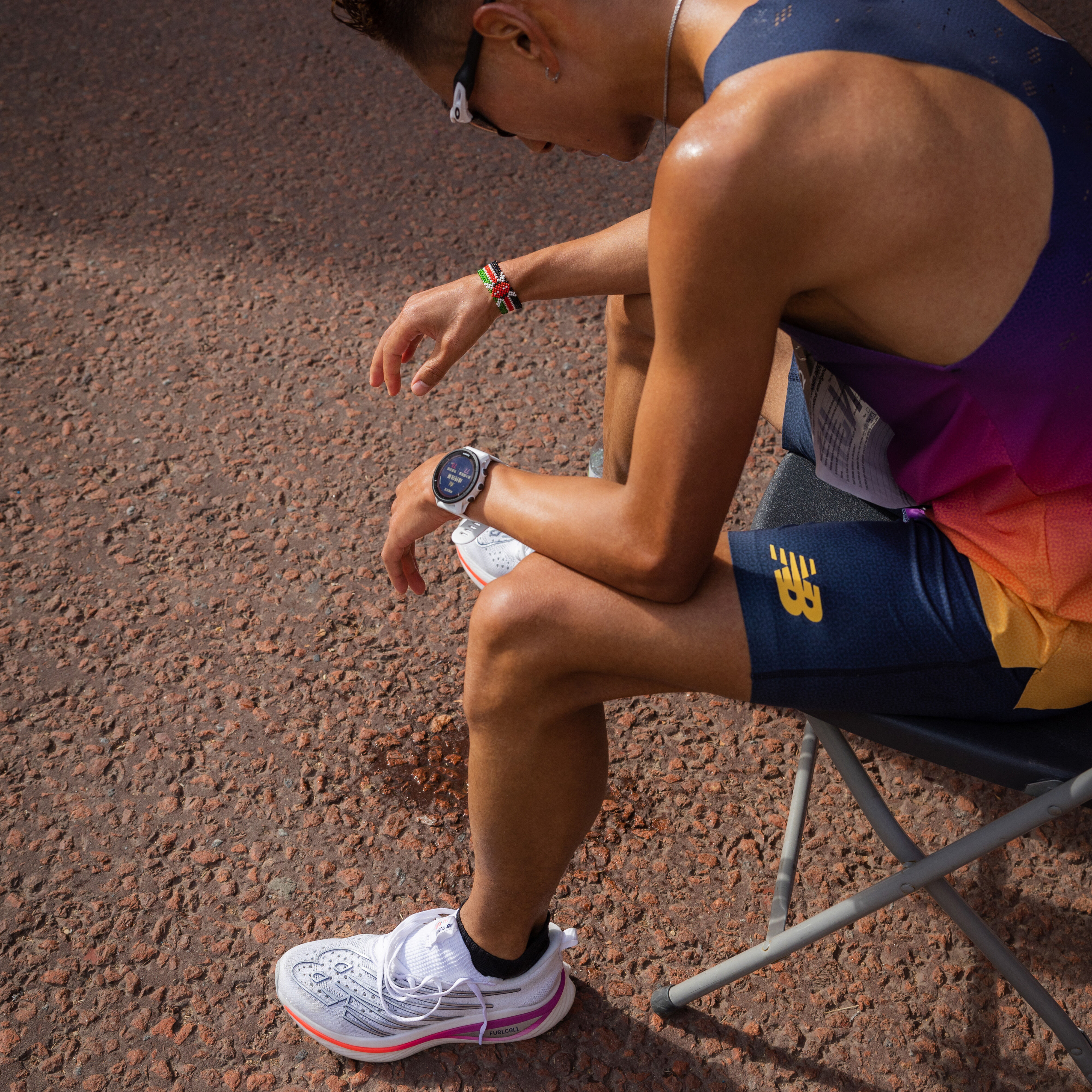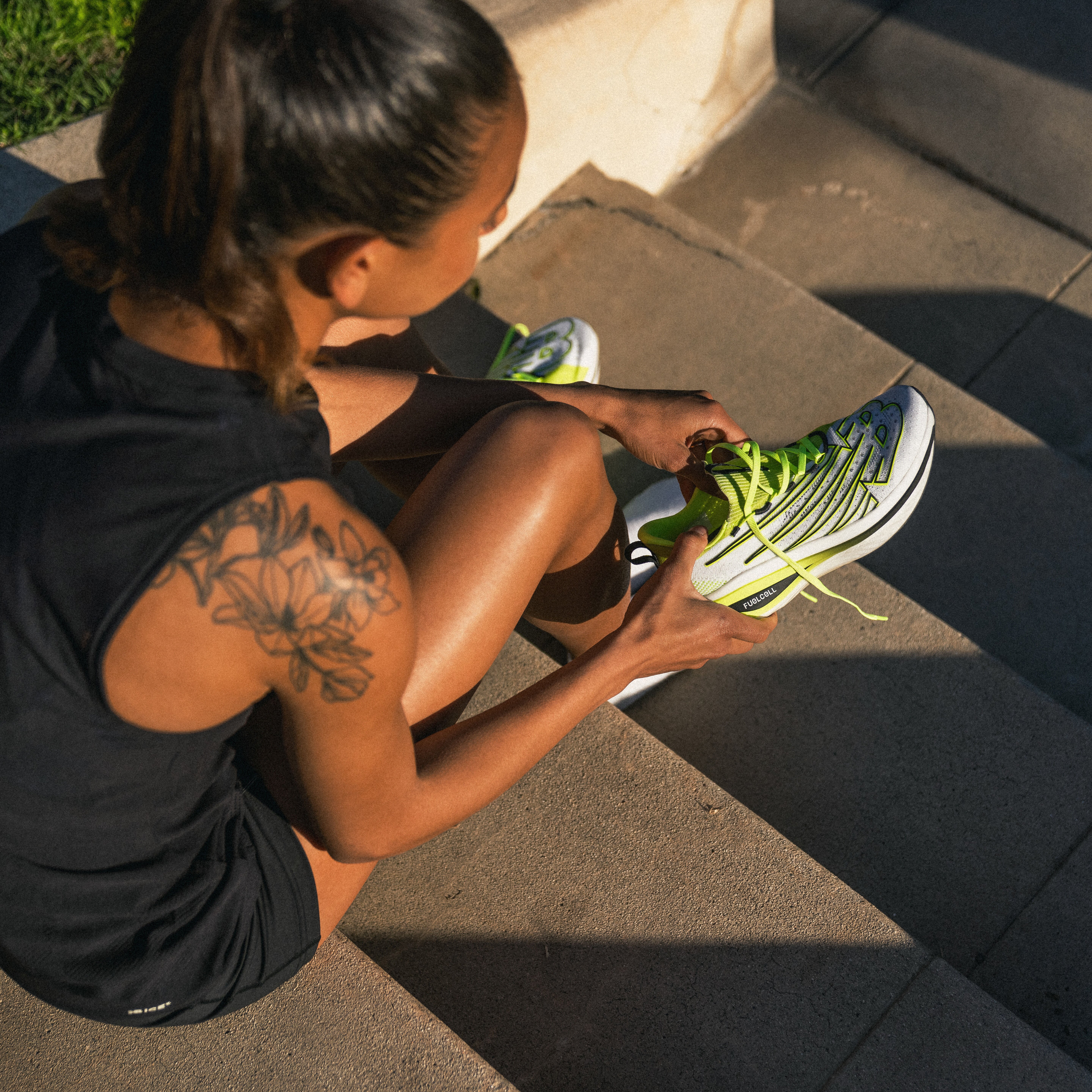
Average life of running shoes
Your running shoes have a lifespan that you should monitor when training. And like other things in life, like your car tyres, for example, the average life of running trainers isn’t measured in time, but distance. It’s not a matter of months, but miles. As every runner is unique, the rate at which shoes wear down can differ drastically for every person, so 300-500 miles (which is the average life span of running trainers) might not apply to everyone. Your weight, running mechanics and environment all play an important role in how often you should replace running shoes. For example, a 230-pound runner who overpronates will get less wear out of their shoes than a 120-pound person who has improved form and stride.
If you want to extend the life of your trainers, you’ll want to build a shoe rotation. This is where you have several pairs of running shoes available at once to switch out between runs. Because running compresses the shoe’s midsoles, running in the same pair day after day doesn’t allow them to completely decompress before the next use. This results in the shoe wearing down faster. Allowing the midsole to fully decompress means you can get even more miles out of them. It’s also a good idea to keep your shoes for running and not wear them when you’re out and about as this also significantly limits the decompression time. Essentially, give your shoes a break – they deserve one and you do too.
How many miles do running shoes last?
When you invest in a good pair of running shoes, you can expect to get around 300 to 500 miles out of them. That’s around 500 to 700 kilometres. Thicker shoes with a higher stack height will generally last longer than light, lower-stack trainers. If your shoes are clocking up in miles, it’s wise to start
thinking about investing in a new pair that not only improve your running experience but to prevent any old trainer related injuries like blisters and sprains.
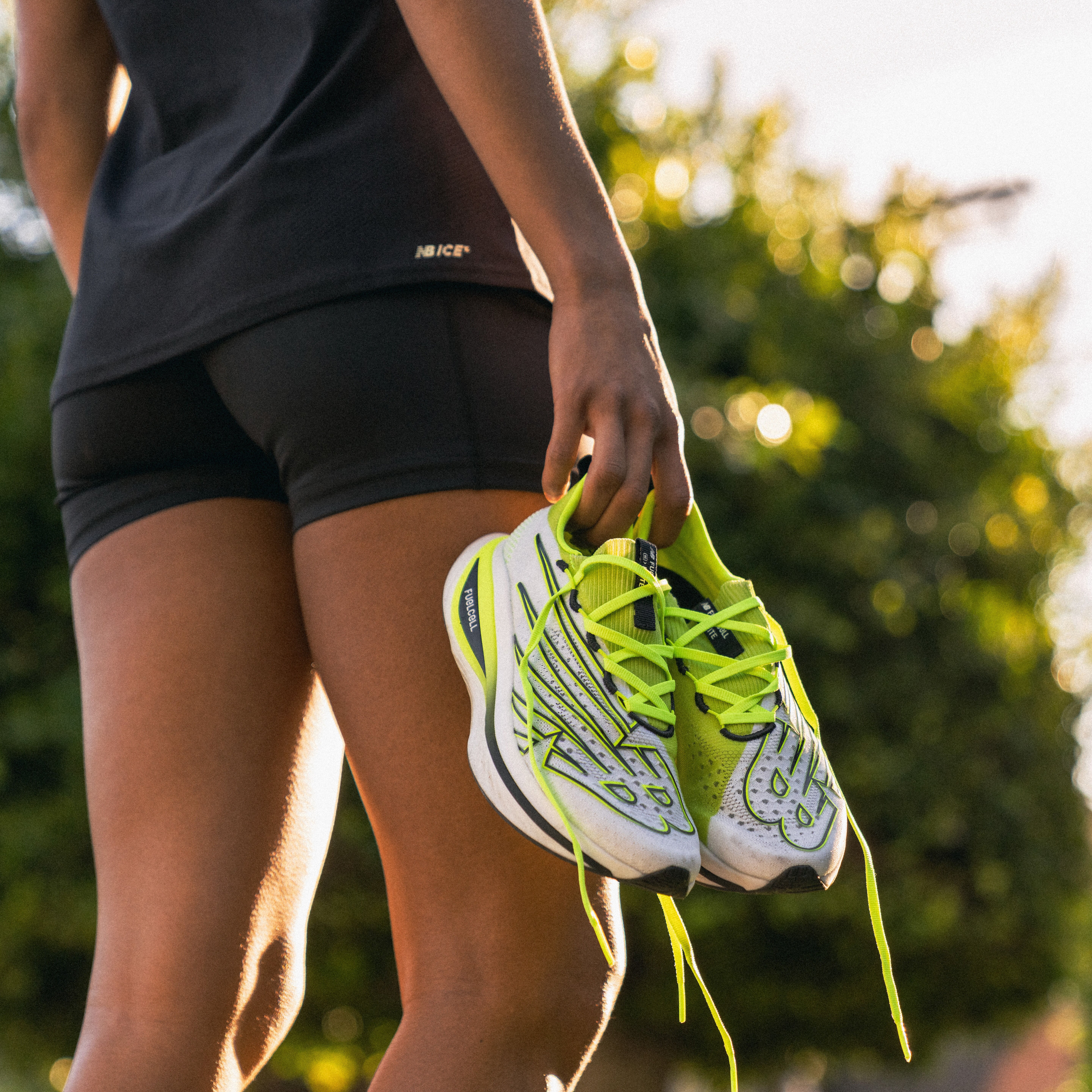
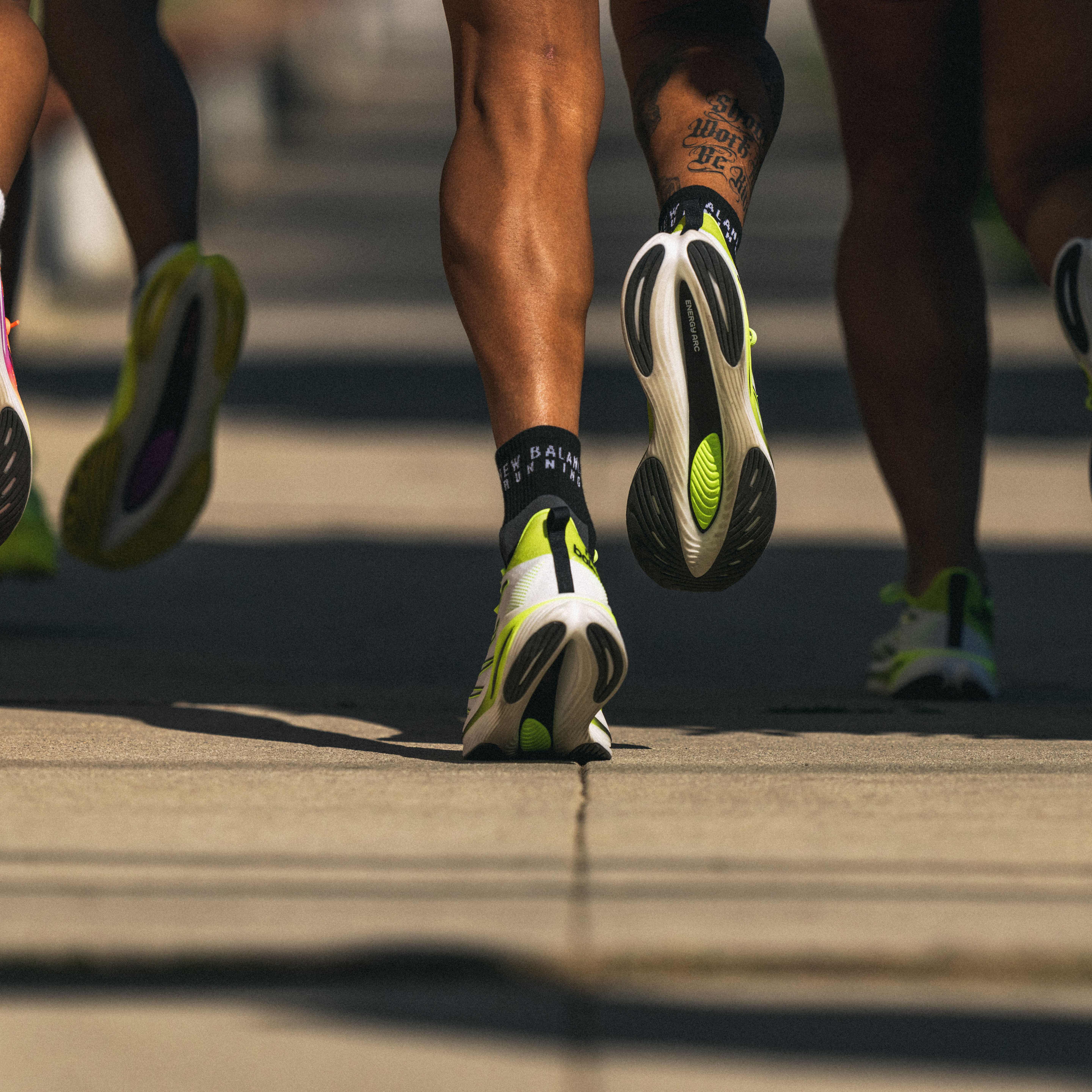
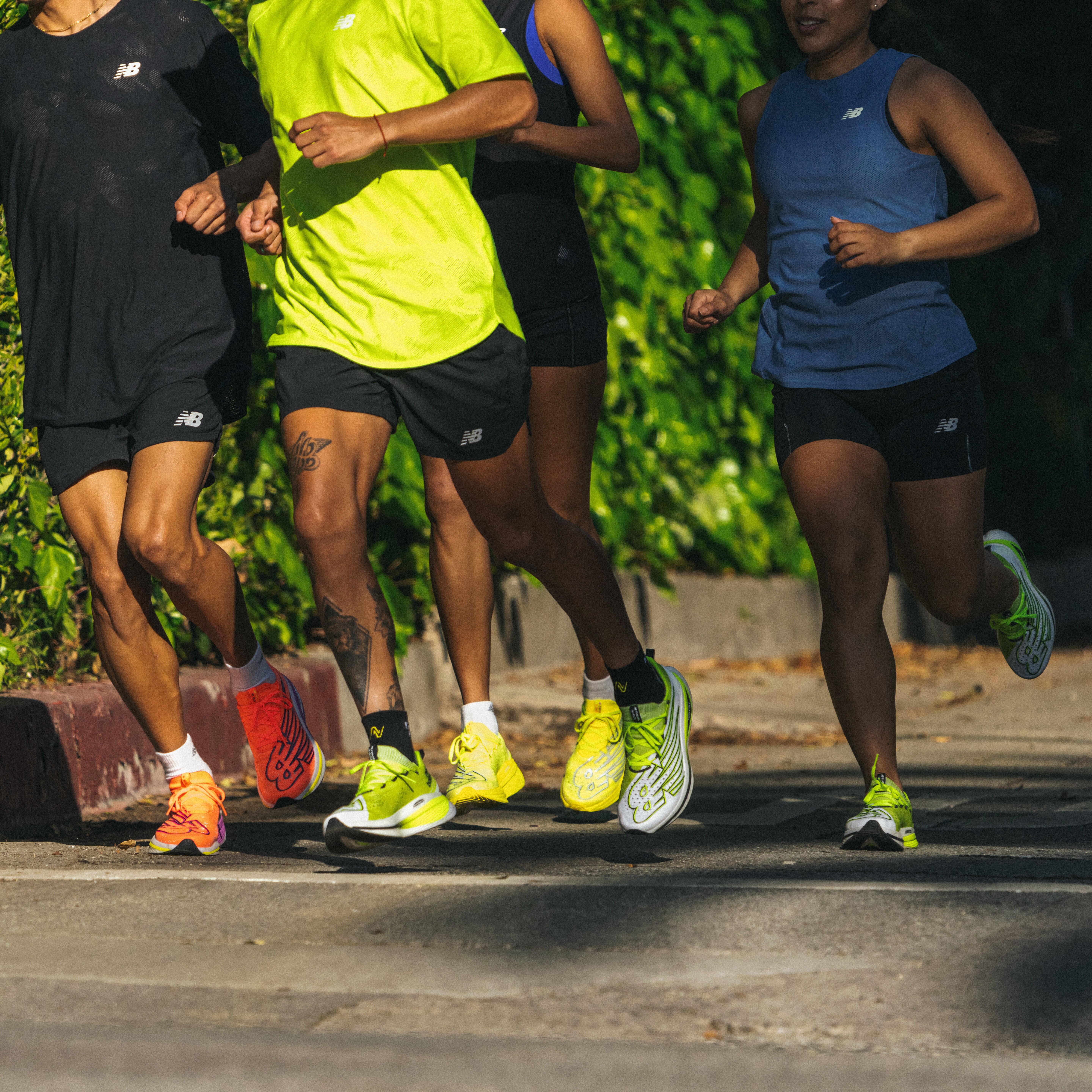
Signs your running shoes need to be replaced
If you’re not tracking how many miles you’re tallying up on your runs, it can be hard to know when you’ve hit the 500-mile mark. However, there are tell-tale signs that your running shoes’ best days are behind them.
1. Your feet are very sore after a run. You may be thinking, “Well, duh! My feet usually hurt after a run”. But this is more than usual. This pain usually occurs as stiffness at the bottom of your feet and arches.
2. You develop new pains. As worn-out shoes can impact your gait, it can lead to injuries in your hips, knees and ankles after a run. Newly developed, unexplained pains can be an indicator that the cushioning in your shoes is gone and needs replacing.
3. You keep getting blisters. Well-worn shoes can change their shape over time, so it means they don’t fit as well as they once did. This can lead to blisters in new and unexpected places on your feet.
4. The treads are gone. When the outsoles begin to go bald it means the grooves become less pronounced. When this happens, your shoe grip is compromised, and your body’s gait changes to ensure you don’t slip on certain surfaces.
5. The midsole feels too soft. It shouldn’t collapse under light pressure, and this is a key sign it’s time for new kicks.
6. They feel flat. The cushioning in your shoes will compact over time. Where it once cradled the curves and contours of your foot, it now just lies flat.
When to replace running shoes
If you’re getting to the stage where blisters, aches and pains are starting to appear, it’s too late. You needed to get a new pair of running shoes well before now roughly 3-6 months if you run 20 miles a week, on average. But the type of races you run and train for can vary. Marathon runners tend to
clock an average of 40 miles per week, so the lifespan of your shoe will be significantly less. Find out more about when to get new running shoes so you can make the most out of every run.
The best long-lasting running shoes
When you’re shelling out for new shoes, you’ll want to make sure you opt for ones that are comfortable and will last as long as possible – if they look stylish that’s an added bonus. The FuelCell SuperComp Elite v3 for men and for women are a great example of running shoes with a thicker midsole. It features strategically shaped and placed midsole voids to increase stored energy to provide you with a high amount of energy returned. It also has an engineered knit upper so common signs of wear and tear like toes rubbing through the toe box are slim.
For shoes that are designed to take a pounding but still provide ample cushion and bounce, the Fresh Foam range has you covered. The Fresh Foam X
1080v12 for men and for women delivers unparalleled performance for every kind of runner as the cushioning experience balances with updated midsole mapping, which applies more foam to wider areas of the midsole and increases flexibility at the narrower points. This high-tech design means that you’re going to have many comfortable runs in your future. If you’re keen to know how to choose running shoes, our Running Hub has got you covered.
Your running shoes are designed to take a pounding, so your joints don’t have to. Knowing when and how to spot the signs to replace your shoes means you stand a better chance of making any upcoming runs and races as comfortable as possible.

